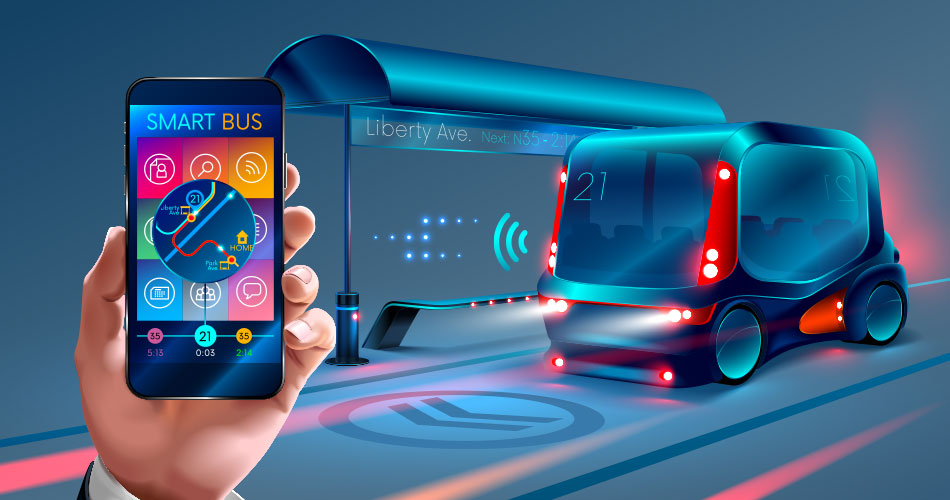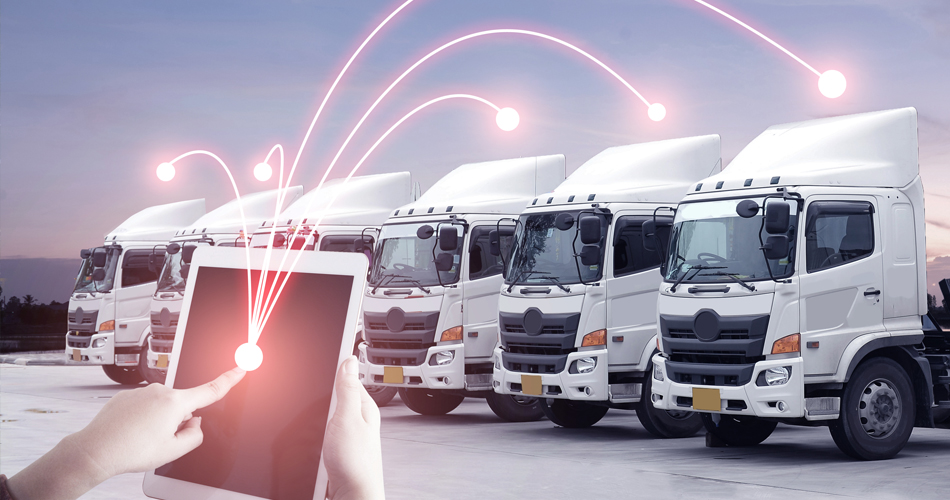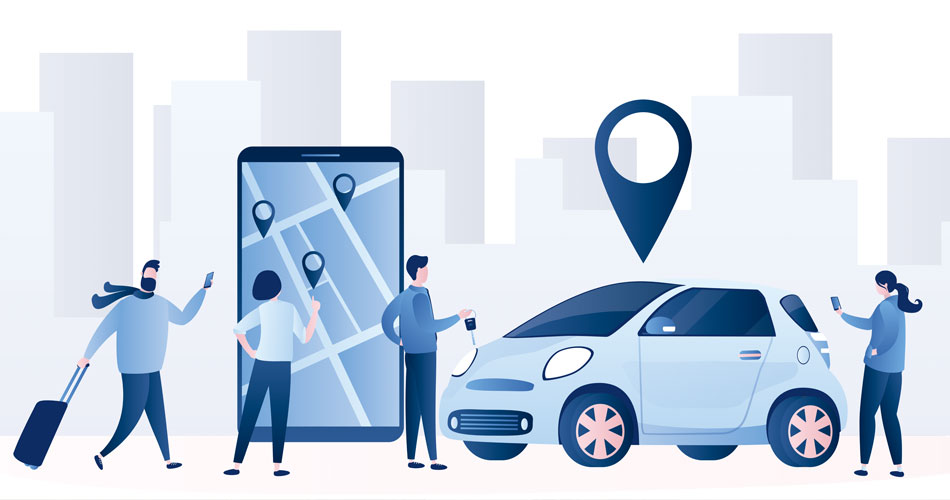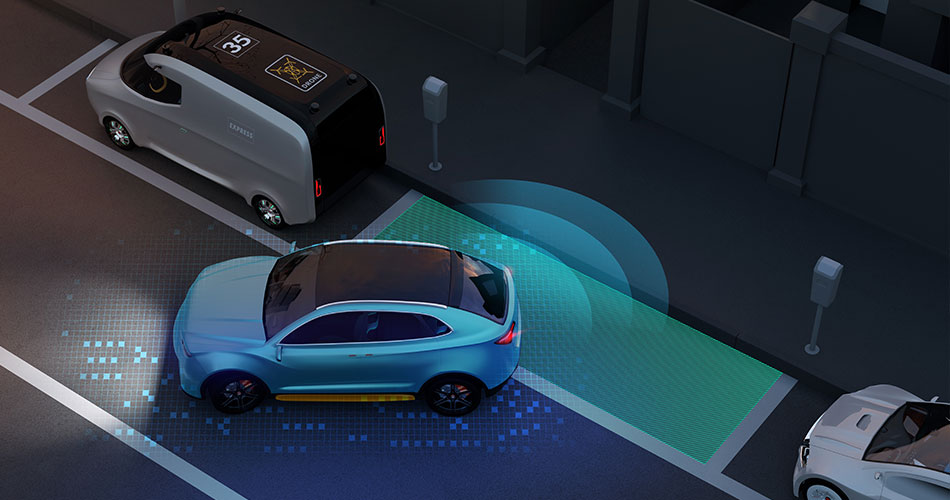Vehicle-mounted LiDAR Applied in V2X Scenarios
Author: Release time:2021-09-13 03:34:48
The on-board unit (OBU) refers to a unit installed in the vehicle to broaden the driver’s field of vision, to increase the driver’s perception of the driving environment and vehicle operating state, and to enhance driving safety. The main technologies include information acquisition, information interaction, and accident hazard prompts, etc. The working links include: obtaining original information from various sensors (including vehicle-mounted LiDAR) and vehicle-mounted networks, and calculating the underlying information required by typical V2X applications, and transmitting it to the RSU (road-side units) through information interaction. Its functions include acquisition of vehicle motion status, perception of driving environment information, acquisition of vehicle positioning information, information interaction, information processing, and management, security alarm and early warning, etc.
Vehicle-mounted LiDAR is mostly used for autonomous driving. For autonomous driving, the LiDAR application has two main functions. vehicle-mounted LiDARs can help vehicles reach the L2+ or L3, and has high-level automatic assisted driving capabilities.
What specific V2X scenarios are vehicle-mounted LiDAR applied in?
1. Smart bus
The use of V2X technology can improve the level of smart bus management. If the RSU is deployed along the bus lanes and the OBU (including vehicle-mounted LiDAR) is installed on the bus, an intelligent bus network can be formed along the bus lanes. RSU obtains the environment information around the smart bus, then optimizes the signal timing and speed suggestion according to the integrated road information, and finally transmits the optimized signal timing and speed suggestions to the smart buses which are installed with vehicle-mounted LiDAR and other sensors. Then the smart bus drivers can accordingly adjust the driving speed.
On the bus lanes in the metropolitan area, there are many public transportation vehicles, and the safety and efficiency of public transportation vehicles are very prominent. The V2X system can provide fleet driving services for public transportation vehicles, reduce the interval between vehicles, and improve the capacity of public transportation vehicles, and provide active safety services for public transport vehicles.
In China, Changsha, Chengdu, and Wuhan have implemented bus-V2X projects and have achieved very good results.
2. Freight fleet
Autonomous driving technology can realize the most efficient driving mode running in a fleet on fixed lines, which can greatly reduce the demand for truck drivers, and greatly reduce the probability of traffic accidents, thereby this method will further reduce transportation costs. The current autonomous driving technology is more suitable for trunk transportation. The main reason is that the trunk transportation driving scene is mainly highways. Compared with urban trunk roads, highways have fewer pedestrians and cyclists, and relatively few facilities such as intersections and traffic lights, so that the system can better predict the trajectory of vehicles on the road.
For highways or national roads where the traffic volume is smaller, fleet driving can be applied. 7-10 freight trucks form a fleet, the leading and trailing vehicles are driven by a human, and the middle vehicles are driven by following autonomous vehicles on which vehicle-mounted LiDARs and other sensors are used for long-distance transportation.
3. Shared cars
Shared cars are one of the most important scenarios for the implementation of V2X projects. Autonomous driving can also reduce the cost of shared cars. There is already a very wide market for rental car platforms all over the world, but most companies have problems such as low profitability and high operating costs. Because car rental is a heavy-operation industry, and operating costs remain high. If vehicle-mounted LiDARs and other sensors are used on shared cars, automatic scheduling and automatic parking can be realized through automatic driving, which will greatly reduce the operating cost of rental cars.
4. Test drive
The test drive management platform can effectively manage the test drive. First, collect the driving data of the test drive vehicles through the OBD (On-Board Diagnostics) device, including mileage, route, time, fuel consumption, etc. At the same time, the illegal operation and abnormal driving content of test-drive vehicles are monitored in real time in the backstage management. For example, driving data can help check whether the actual route is reasonable, whether the number of test drives is completed according to the requirements of the OEM, etc., and finally realize vehicle monitoring management, test drive statistics, vehicle equipment management and systems, and some functions are available in the mobile terminal. Sales consultants can use the APP management platform to realize those functions: location, navigation, evaluation, sharing, and points, so as to ensure the user experience of the whole process of the test drive.
5. Smart parking
In the V2X environment, vehicle-mounted LiDARs and other sensors can enable vehicles to communicate with roadside units in real time, and the smart parking system can obtain the location of the vehicle in real time, to realize parking guidance and parking fee collecting.
6. Accident identification
In the V2X environment, vehicle-mounted LiDARs and other sensors can enable vehicles to obtain the data record of the whole process. In case of an accident, the vehicle trajectory data can be retrieved to assist in the identification of accident responsibility.
7. Car insurance evaluation
In the future, the profit of the V2X system may come from insurance companies, which can actuarially calculate vehicle insurance costs based on the data of connected vehicles installed with vehicle-mounted LiDARs and other sensors to obtain a reasonable insurance premium rate.
Titan M1 series of solid-state MEMS LiDAR has advantages as below:
High resolution: vertical 480 lines to 700 lines, horizontal single sector of 1750 points
Long detection range: effective detection range from 200 meters to 600 meters
Detection accuracy: up to +2mm, able to accurately identify small objects on the road
Working environment: penetrate dense smoke, fog, and rain, anti-vibration, anti-moisture, normally run under high& low temperature in all weather.
Working hours: MEMS technology solution is durable with low loss and the service life of 50,000 hours
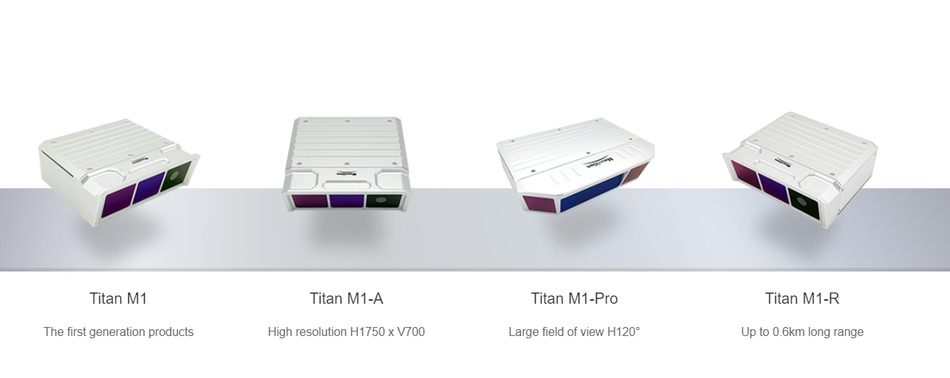
Buy Neuvition Titan M1 series LiDAR, you can explore more potentials for more innovative V2X application scenarios!
